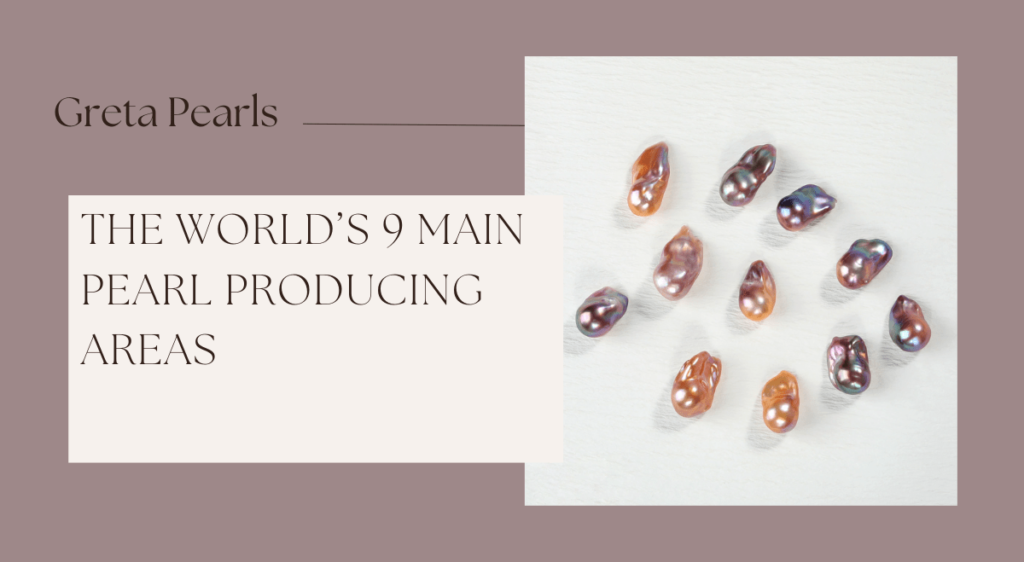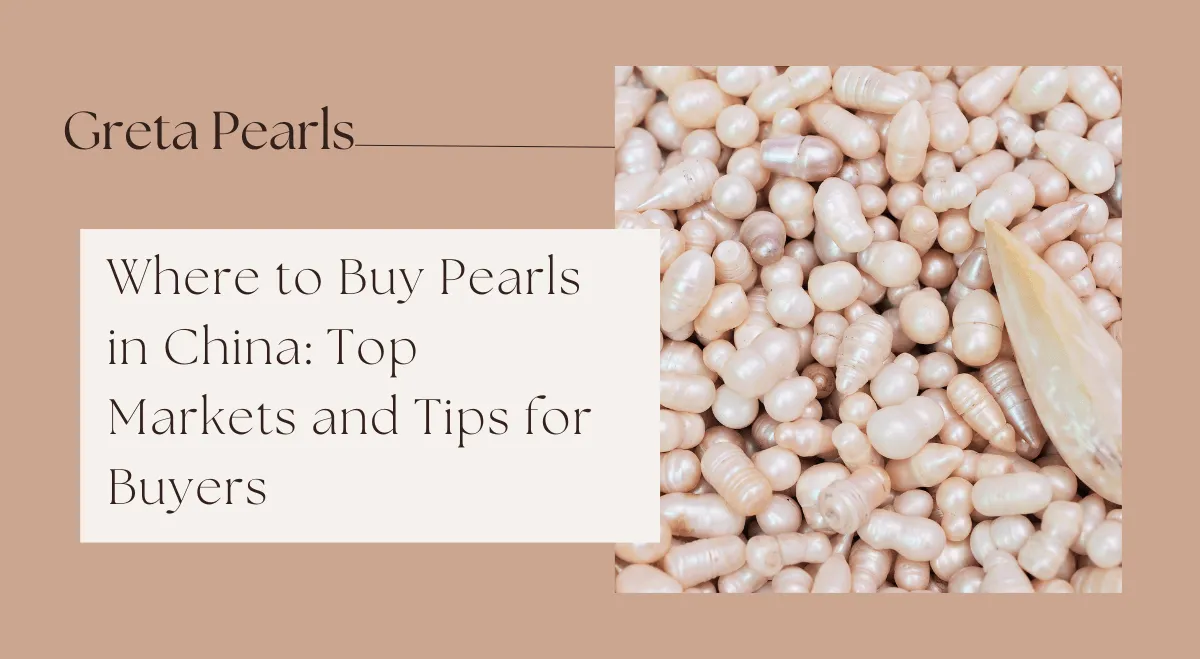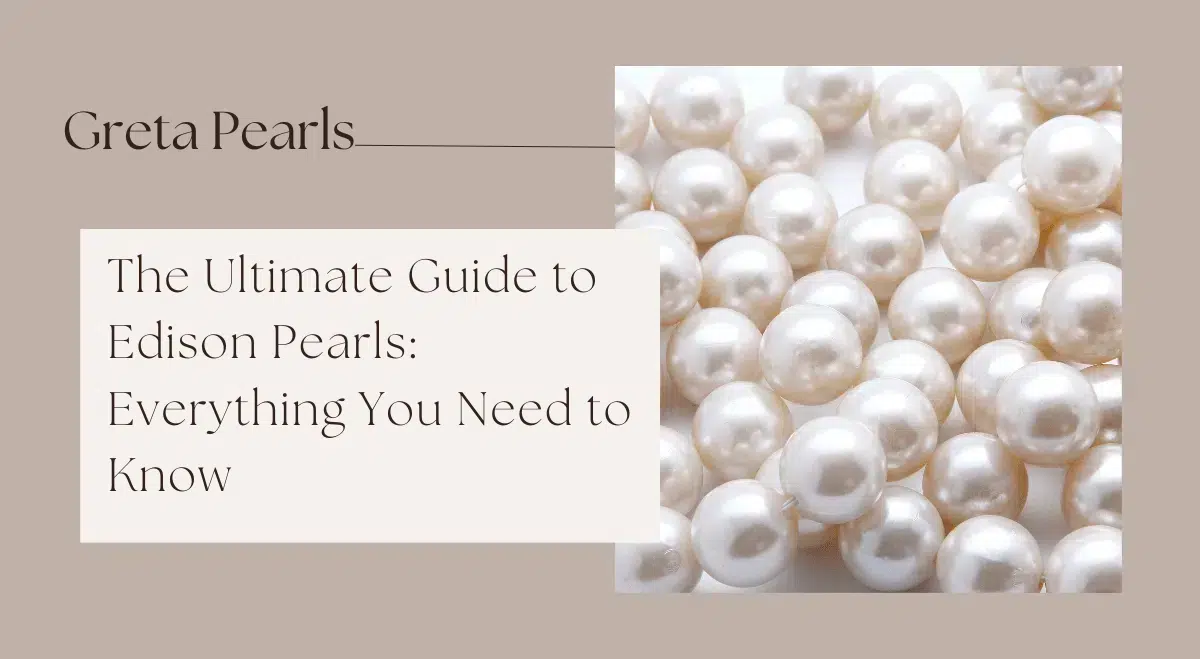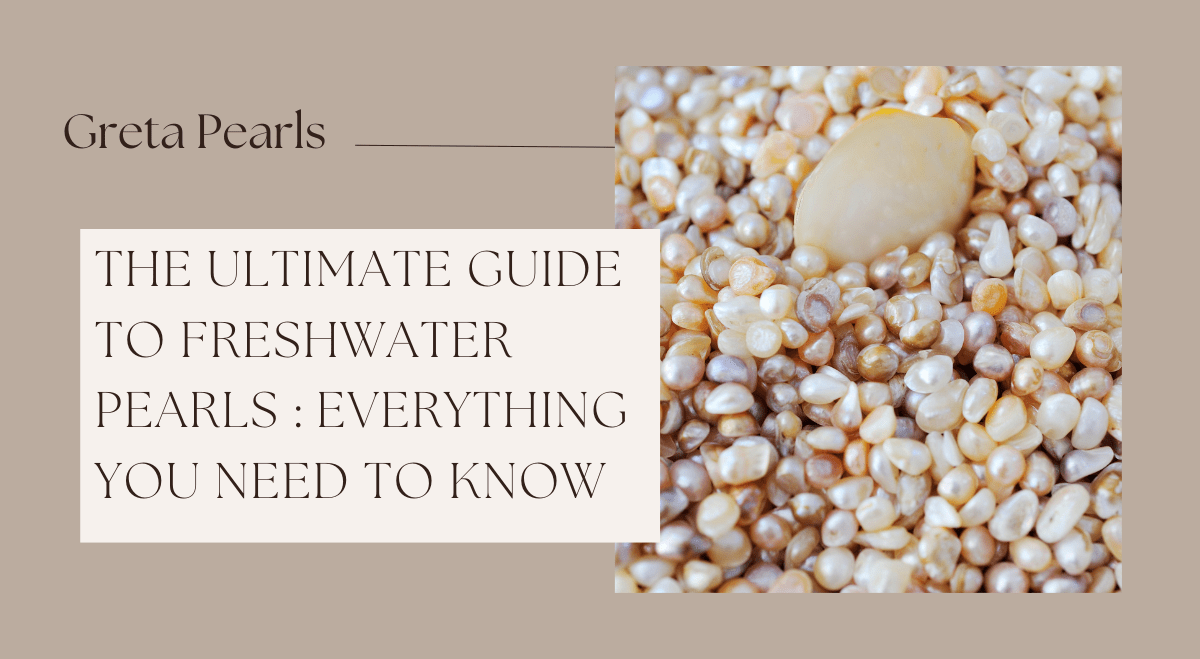Have you ever considered how the place where a pearl came from can have such an effect on its beauty, value, and story? Pearls don’t “appear from nowhere”, they require nurturing in specific environments to attain optimal color luster and quality – 95% of freshwater pearls worldwide come from China while Australia, Tahiti and the Philippines boast spectacular saltwater varieties! Understanding where each pearl came from allows us to appreciate their distinctive characteristics: South Sea or Tahitian varieties may offer creamy elegance while dark allure may indicate quality!
In this post, we’ll take an in-depth look at 9 major pearl-producing regions that each provide something extraordinary. Along the way, you’ll gain an understanding of their pearls’ distinguishing features and cultivation process, along with tips for selecting pieces to meet both taste and budget criteria. Come explore this magical world of pearl origins one shimmering region at a time!
Quick Glance:
| Region/Origin | Primary Pearl Type(s) | Typical Size Range (mm) | Color Range | Distinctive Traits | Notable Notes |
|---|---|---|---|---|---|
| China | Freshwater Pearls | 5–12 mm (sometimes larger) | White, pastel pink, lavender, plus dyed hues | Wide variety of shapes and colors; very affordable due to advanced culturing techniques | Produces ~95% of the world’s freshwater pearls; quality improving steadily |
| Japan | Akoya (Saltwater), Freshwater | 6–8 mm for Akoya (some up to 9 mm) | Classic white to cream, sometimes rose or silver overtones | Mirror-like luster; strict grading standards ensure consistent quality | Pioneered by Kokichi Mikimoto; a global benchmark for precision and craftsmanship |
| Australia | South Sea Pearls (White-Lipped) | Often 10–15 mm, can exceed 20 mm | White, silver, sometimes subtle gold overtones | Thick nacre and large sizes; considered among the most luxurious pearls | Rich Indigenous history; farms located primarily in Northwestern Australia |
| French Polynesia (Tahiti) | Tahitian (Saltwater) | 8–14 mm (occasionally larger) | Dark hues ranging from gray to green, blue, silver, peacock with metallic overtones | Known for exotic dark tones and naturally striking overtones | Mythology ties them to Polynesian gods; major modern cultivation from the 1960s onward |
| The Philippines | Golden South Sea Pearls | Typically 9–20 mm (some >20 mm) | White, cream, champagne, and warm golden hues | Considered a national gem; thick nacre, luxurious appearance | Golden-lipped oysters thrive in plankton-rich, remote island waters |
| Indonesia | South Sea Pearls (White/Gold-Lipped) | 9–16 mm (varies by region) | White, silver, gold tones; occasional pastel shades | Vibrant color spectrum; strong artisanal farming traditions | Nearly half of global South Sea production; sustainability efforts on the rise |
| Myanmar | South Sea Pearls (Golden-Lipped) | 9–15 mm, can be larger | Primarily golden, with some lighter variations | Rich history in the Myeik Archipelago; concerns about ethical sourcing | Military-linked revenue streams and modernization hurdles affect global competitiveness |
| The United States | Freshwater Pearls (Tennessee), Abalone (California) | 5–12 mm for freshwater; abalone sizes vary | Freshwater pearls: white/pastel; Abalone pearls: vivid greens, blues, pinks | Smaller-scale, boutique production; niche market | Includes pioneering farms in Tennessee; abalone farming remains challenging |
2. China: The World’s Leading Freshwater Pearl Producer
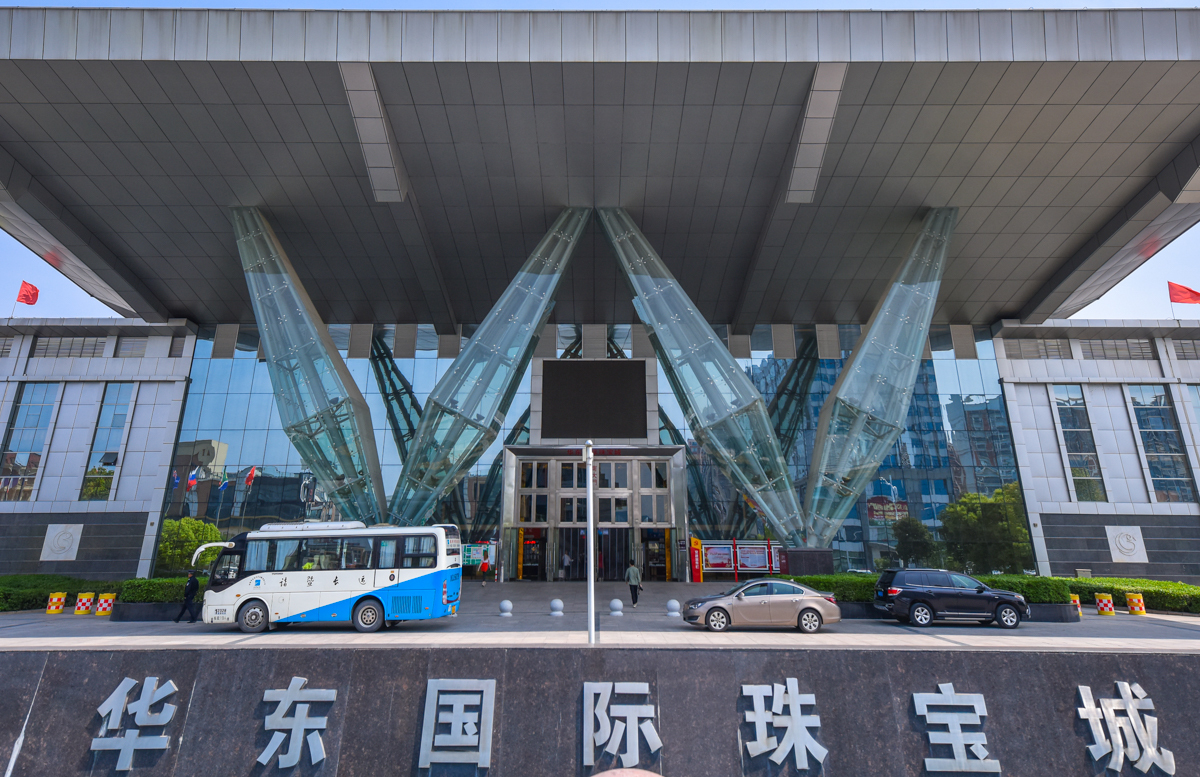
China reigns supreme when it comes to freshwater pearl production. China currently produces around 95% of all freshwater pearls produced worldwide–an astounding statistic which continues to impress me every time I visit local pearl farms. The Yangtze River basin, specifically provinces such as Zhejiang, Jiangsu and Hubei is at the heart of this vibrant industry. Decades of innovation have refined farming techniques so Chinese farms produce an amazing range of sizes, shapes and colors of freshwater pearls.
While visiting pearl farms myself, I was absolutely awed at how meticulously each pearl is nurtured. Farmers implant small tissue pieces into mussels before watching as these organisms layer nacre over time to form thicker and lustrier pearls – this process requires patience and skill yet China has managed to streamline this process without sacrificing quality. From round white pearls (Especially Edison Pearl) to baroque-shaped beauties in pastel hues, freshwater pearls offer something suitable for virtually every style or preference.
China’s vast production capacity and impressive variety make Chinese pearls more cost-effective while maintaining top quality, making them suitable for first-time buyers and experienced collectors alike. Their budget-friendly appeal as well as wide variety of colors and shapes is undeniable, no wonder they’ve earned themselves such an esteemed status among freshwater gems!
3. Japan: The Pioneers of Modern Pearl Cultivation

Japan has an inextricable connection with pearls dating back to Kokichi Mikimoto’s groundbreaking work in creating the first semi-spherical pearl cultured successfully during the late 19th century. His groundbreaking efforts not only laid the groundwork for modern pearl farming practices but also elevated Japan as a global pearl powerhouse. Today, Japan remains best-known for Akoya pearls which are famous for their near perfect roundness and exquisite luster; although Akoya pearls come from saltwater sources. there is also a small but vibrant freshwater pearl sector located around Lake Biwa.
Visits to Japanese pearl farms offer a fascinating blend of tradition and cutting-edge science. I remember touring one in Mie Prefecture where each oyster’s development from initial grafting through harvest was carefully monitored by scientists, from water temperature, salinity levels, feeding schedules, to stress levels are carefully managed to ensure healthy oyster growth and stress-free harvests. Once harvested pearls were passed through multiple rounds of quality control grading: looking at surface perfection and color consistency all the way through thickness measurement for pearl thickness as well as overall luster ratings for quality control purposes.
Japan’s freshwater pearl offerings at Lake Biwa offer another view into Japan’s vibrant pearl culture. While their pearls may be smaller or irregular in shape, their pastel hues make these pieces an exciting option for collectors looking for something beyond classic saltwater spheres.
Japan has long been revered as one of the world’s premier pearl producers, thanks to their dedication to quality and meticulous craftsmanship in pearl production. Every pearl that leaves Japan undergoes stringent inspection and outstanding craftsmanship before leaving their shores. be it an aspiring collector seeking that perfect Akoya string or someone exploring freshwater pearls for the first time, Japan’s impact in pearl industry is hard to overlook. here timeless elegance meets contemporary expertise to produce glittering gems that catch our eyes–and hearts.
4. Australia: Home of White-Lipped South Sea Pearls
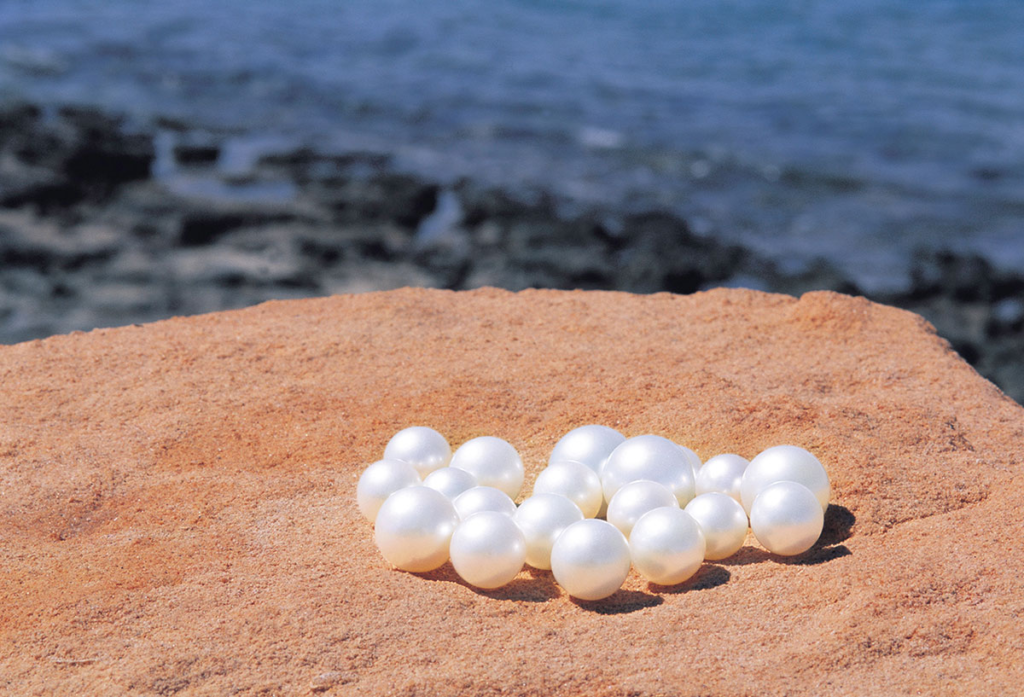
Their story appears to have started long before-the Indigenous peoples in the West Kimberley had harvested pearl shell along their coasts for thousands of years and traded pearl shell supplied by a vast network of oceans. Those communities used pearl shell for ornamentation and tools. The European pearlers arrived in the early 1800s, drawn by the global demand for mother-of-pearl. vital locations for them were found around Shark Bay and Broome. It was quite dangerous to dive in those early years, and forced Indigenous labour instilled a long-lasting heritage on those shores that linger to this present moment.
By the start of the 1900s, Broome had become the major processing center for mother-of-pearl in the world and big changes to the industry soon followed in response to shifts in the market, the two world wars and regulations. Developments with Japanese expertise in the 1950s brought in modern culturing practices that were to eventually push the Australian pearling industry towards sustainable production. A few farms now produce high-value pearls worth hundreds of millions of dollars a year.
Pinctada Maxima, which is also known by the name white lip or gold lip oyster, produces Australian South Sea pearls. Collectors across the globe value these pearls because of their size, which is often greater than 12 mm, and for their shimmering luster. They are Omega Pearl Cultured from the pristine waters of Australia and have thick, nacreous skin that gives them a remarkable luster compared to other pearls.
The latest development in this sector marks a shift in culture. It steers from the exploitation of „pearling” towards more ethical and environmentally friendly practices. The Australian pearl industry’s history is intertwined with ancient indigenous cultures and practices, marking a tale of craft, ingenuity, and perseverance from around the world to a premium pearling market.
5. French Polynesia (Tahiti): Exotic Dark-Hued Treasures
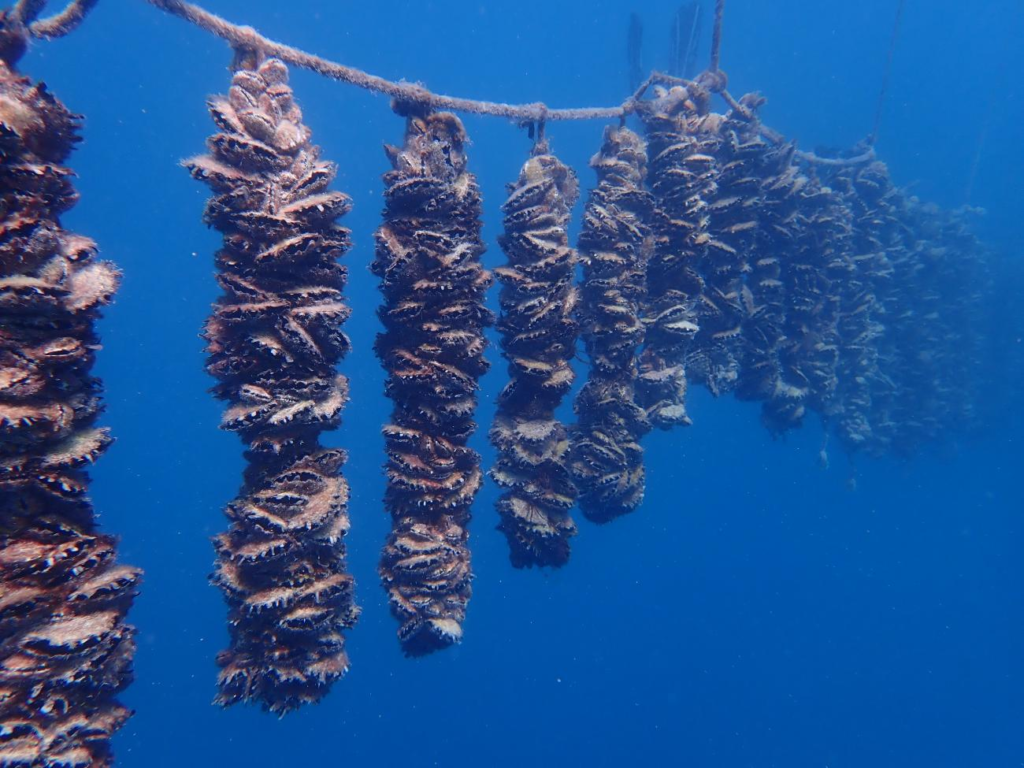
Tahitian pearls, hailing from the black-lipped pearl oyster in French Polynesia’s lagoons, offer a remarkable blend of Polynesian mythology and modern luxury. Long before they became internationally sought-after gems, Indigenous communities revered these pearls as divine gifts, weaving them into legends that spoke of gods bestowing shimmering fragments of light. This cultural heritage laid the foundation for the enduring fascination and respect people hold for Tahitian pearls today.
Modern cultivation relies on bead nucleation and careful nurturing over two to three years, during which the oyster secretes layers of nacre. While commonly known as “black pearls,” they actually display a captivating spectrum of colors, from silvery grey and green to violet and blue, often with iridescent overtones. Their average size ranges from 8 to 14 mm, though shapes vary widely—baroque, semi-round, and occasionally near-perfect rounds—adding to their appeal for collectors who crave uniqueness.
Early attempts at culturing these pearls in the 1900s saw limited success, until breakthroughs by French veterinarian Jean-Marie Domard and technicians like Churoku Muroi in the early 1960s. By the 1970s and 80s, industry pioneers such as Salvador Assael and Robert Wan propelled Tahitian pearls onto the global stage. Jewelers like Harry Winston showcased these dark-hued strands at staggering prices, cementing their status as some of the most prestigious pearls in the world.
Today, Tahitian pearls dominate French Polynesia’s luxury exports, admired for their natural radiance and deeply rooted cultural significance. They are more than just oceanic gems; they represent a living connection to Indigenous traditions, scientific innovation, and the ongoing legacy of the islands’ relationship with the sea.
6. The Philippines: Golden-Lipped South Sea Pearl Powerhouse

There has been hereditary pearl diving and trading in the Philippines with communities like the Badjao (sea nomads) having practiced naked diving for centuries. With changing times, the South Sea pearl became the national gemstone of the Philippines, symbolizing cultural pride woven with respect for the sea’s bounty.
Modern pearl farming centers on the golden-lipped oyster, or Pinctada maxima, which flourishes in the Philippines’ pristine, plankton-rich waters. It can take from 2 to 4 years for a pearl to be grown, as it relies on the oyster, which builds layer upon layer of nacre, to produce pearls measuring 9 to 20 millimeters in diameter. A rare few may grow beyond 20 millimeters, achieving extravagant prices for their golden lustre and thick nacre.
Regardless of the 15% of South Sea production attributed to it, the Philippine industry remains quite small-scale, with few farms handling the bulk of production. The remote island realities for reaching optimal farming ensure that the environment and economy remain carefully balanced under strict government oversight.
The 14-pound pearl of Lao Tzu discovered off Palawan has become known as one of the most crucial finds in the country by now residing in a U.S. museum. It is a testament to the Philippines’ abilities to yield rare gems, though it does not regard today’s methods of pearling cultivation-a fact that fortifies the ever-unfolding worldview that the country is a largely revered source of South Sea pearls.
7. Indonesia: Vibrant Spectrum of South Sea Pearls

Indonesia’s history with pearls can be traced back to pre-colonial days, when communities like the Badjao harvested wild pearls through naked diving. Japanese-inspired techniques eventually evolved the tradition into a modern and sustainable industry based on Pinctada maxima. From the pristine waters of Raja Ampat down to the bustling farms of Lombok, Indonesia boasts a unique geography that is conducive to producing pearls in a mesmerizing spectrum of hues.
Indonesia today produces almost half the world’s volume of South Sea pearls, with export volumes recently hitting about thirteen metric tonnes. Some of the best practices in bead nucleation and post-harvest processes are among the artisanal farms concentrated in the key regions of West Papua and the Kei Islands, yielding superb pearls that often glow with white, silver, or deep golden overtones
Like many marine-based industries, Indonesia’s pearl sector continues to overcome environmental challenges such as ocean warming, pollution, and overharvesting through uncontrolled expansion and the farming of pearls in crowded areas. Controlled expansion of the farms, one-use cycles for oyster farming, and cooperation with environmentalists for the preservation of the coral reefs have gone a long way toward ameliorating these problems.
Despite these challenges, the leading producers in Indonesia are committed to practicing ethical labor and innovative sustainable farming. Their priority is to maintain clean-water environments and well-planned hatcheries, thereby preserving local ecosystems while continually supplying some of the world’s most beautiful South Sea pearls to the global market.
8. Myanmar: Timeless Heritage and Rare Gems
Myanmar’s pearl industry, rooted in the Myeik Archipelago, specializes in producing stunning golden South Sea pearls from oysters like Pinctada maxima. Since the 1950s, collaborative ventures between Japanese experts and local enterprises have nurtured this sector, leading to prized harvests sold at international auctions. Behind this longstanding craft, however, is a story of joint ventures with state-owned agencies, where a portion of every pearl harvest—and the profit it generates—ends up in government coffers.
Despite the undeniable beauty of these pearls, ethical controversies cloud their luster. Multiple reports raise concerns about revenues funneled to the military junta and allegations that certain pearl companies on global “dirty lists” continue operating despite sanctions. Local Indigenous groups, such as the Moken, have also faced displacement due to farm expansions, underscoring the tension between economic gain and community rights.
Myanmar’s pearls do hold impressive potential—some of the highest-quality lots can reach values upward of a thousand dollars per pearl at auction. Yet environmental pressures, including mother-of-pearl shell shortages and oyster diseases, threaten both sustainability and long-term yield. Additionally, the industry’s profile remains overshadowed by bigger players like Australia and Indonesia, who command international recognition for their less-controversial practices and more robust farming infrastructures.
Moving forward, industry experts suggest the region could explore freshwater cultivation or improve existing hatchery techniques to revitalize depleted oyster stocks. Transparency, ethical restructuring, and responsible stewardship of marine resources might help Myanmar gain a competitive foothold in the global pearl market. For now, its dazzling pearls remain intertwined with a complex legacy—one that reflects both a proud cultural tradition and pressing challenges for reform.
9. The United States: Boutique Freshwater Pearl Production
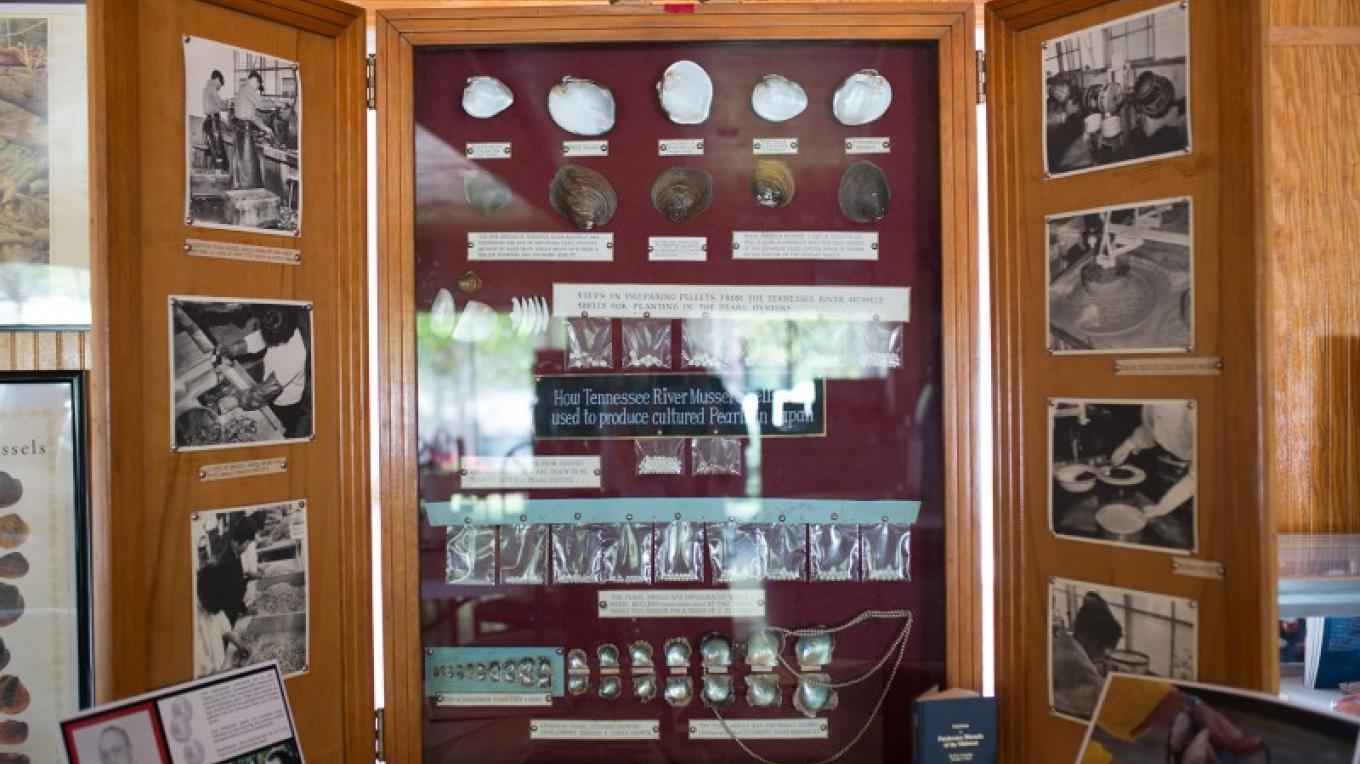
The story of American pearl farming can be traced back to the pioneering efforts of individuals like John Latendresse, who set up Tennessee’s first freshwater pearl farms in the early 1960s. Inspired by global innovations, these farms initially produced both jewelry-grade pearls and mother-of-pearl materials for various crafts. Over time, abalone pearl harvesting also found a small foothold along California’s Pacific Coast, although it remains more challenging to farm due to environmental and culturing constraints.
Today, much of the country’s freshwater pearl production still happens in Tennessee, with California hosting both freshwater mussel farms and abalone ventures. Pearls range from classic whites to subtle pastels, while abalone pearls dazzle with iridescent greens, blues, and pinks. Though both types can command solid prices in the domestic market, most buyers gravitate toward cultured pearls thanks to their accessibility and consistent quality.
On the business front, the United States holds a prominent position in North America’s pearl market, which is forecast to reach over six billion dollars by 2030. Major luxury houses such as Tiffany & Co., Harry Winston, and David Yurman keep pearls in high demand, though a growing number of niche brands and independent farms contribute to the boutique charm of American pearl production. This blend of large-scale luxury retail and smaller artisanal operations helps cater to a wide range of consumer preferences.
Looking ahead, American pearl farmers are banking on sustainable techniques, personalized design trends, and online marketplaces to continue their steady growth. While competition from lower-cost imports—especially those from China—poses challenges, the emphasis on homegrown quality, ethical practices, and unique varieties like abalone pearls may give the U.S. pearl industry a distinct edge in an ever-evolving global market.
Why Pearl Origins Matter & Key Buying Tips
When I first began my journey into the world of pearls over a decade ago, I had no idea how much a pearl’s origin could influence its character. But after visiting farms in places like China, Australia, and Japan, I quickly realized that each region’s environmental conditions—water temperature, salinity, and local culturing techniques—play a huge role in shaping the final gem. That’s why I always tell friends and customers to pay attention to where a pearl comes from before making a purchase.
How Origin Shapes Quality
- Water Purity: Clean, nutrient-rich water typically yields thicker nacre and brighter luster.
- Temperature & Salinity: Specific climates influence pearl color and overtones. For instance, cooler waters can result in pearls with sharper, mirror-like finishes, while warmer waters often encourage warmer hues.
- Cultural Expertise: Regions with a long history of pearl farming (like Japan for Akoya pearls or China for freshwater pearls) often produce consistent, high-quality gems, thanks to centuries of refining their methods.
Key Buying Tips
- 1. Luster First: A pearl’s ability to reflect light crisply is a top indicator of quality. If you can almost see your reflection, that’s a good sign.
- 2. Check the Surface: Look for minimal blemishes. Tiny spots or ridges can add character, but too many can diminish overall value.
- 3. Color & Overtone: Whether you love classic white, exotic black, or warm golden, make sure the tone matches your personal style.
- 4. Size & Shape: Bigger pearls usually command higher prices, but unique baroque shapes can be just as captivating.
- 5. Ask Questions: Don’t be shy about asking how and where the pearls were farmed. Ethical, eco-friendly practices matter to many modern buyers.
My Personal Take
In my experience, a pearl’s story is what really makes it special. I once met a farmer in Japan who spoke passionately about his family’s multi-generational commitment to perfecting the Akoya pearl. Contrast that with a trip to the Philippines, where the golden-lipped South Sea pearl is cherished as a national treasure. These personal encounters taught me that pearls aren’t just beautiful accessories; they’re miniature reflections of the people and places that bring them into being.
So the next time you’re on the lookout for a pearl—whether it’s a budget-friendly freshwater strand or a statement South Sea stunner—remember that each gem carries a piece of its homeland’s spirit. Ask about its journey, admire its distinct nuances, and choose one that resonates with your own sense of style and adventure. After all, pearls are more than just jewelry—they’re timeless treasures with stories to tell.

